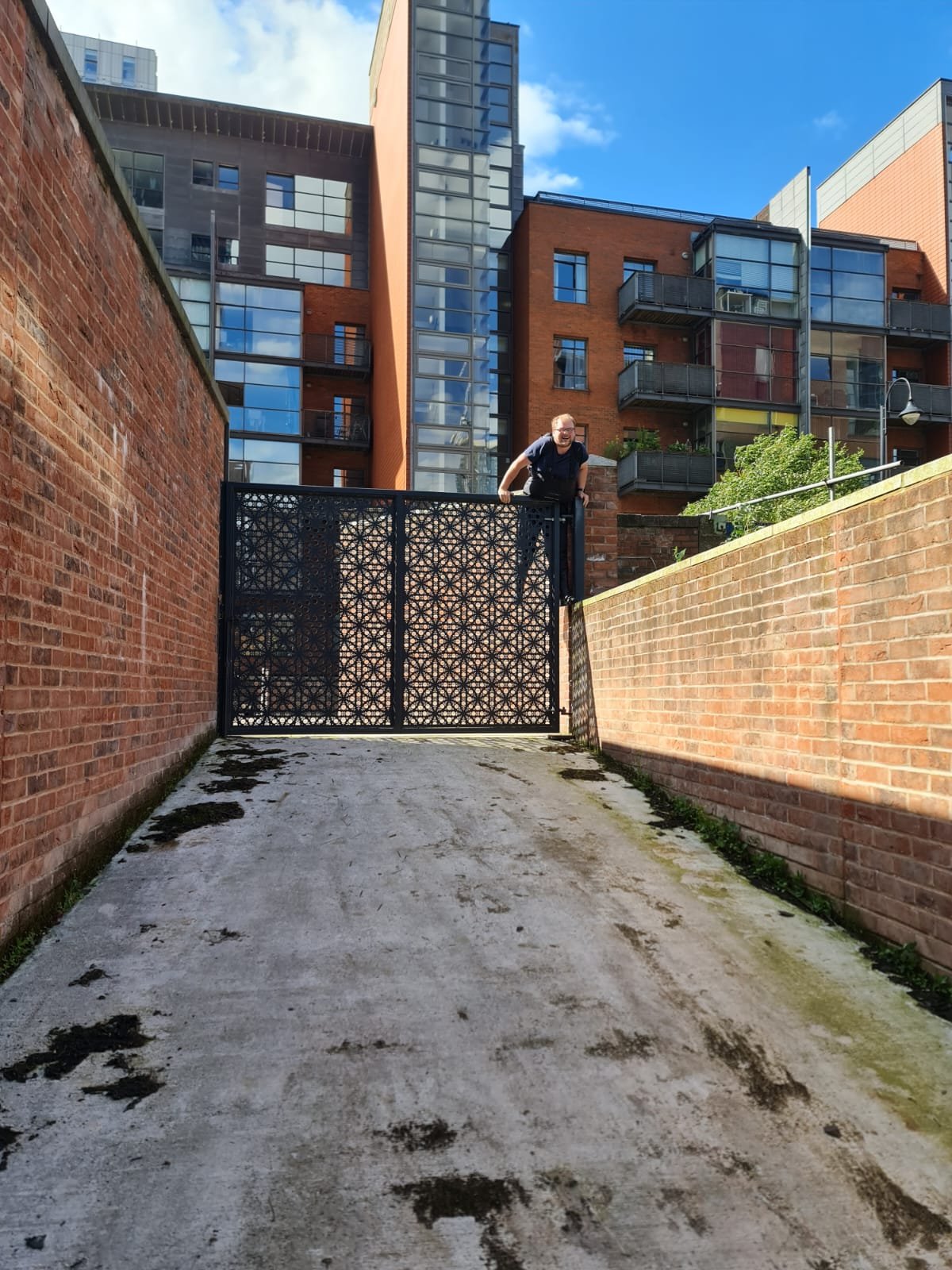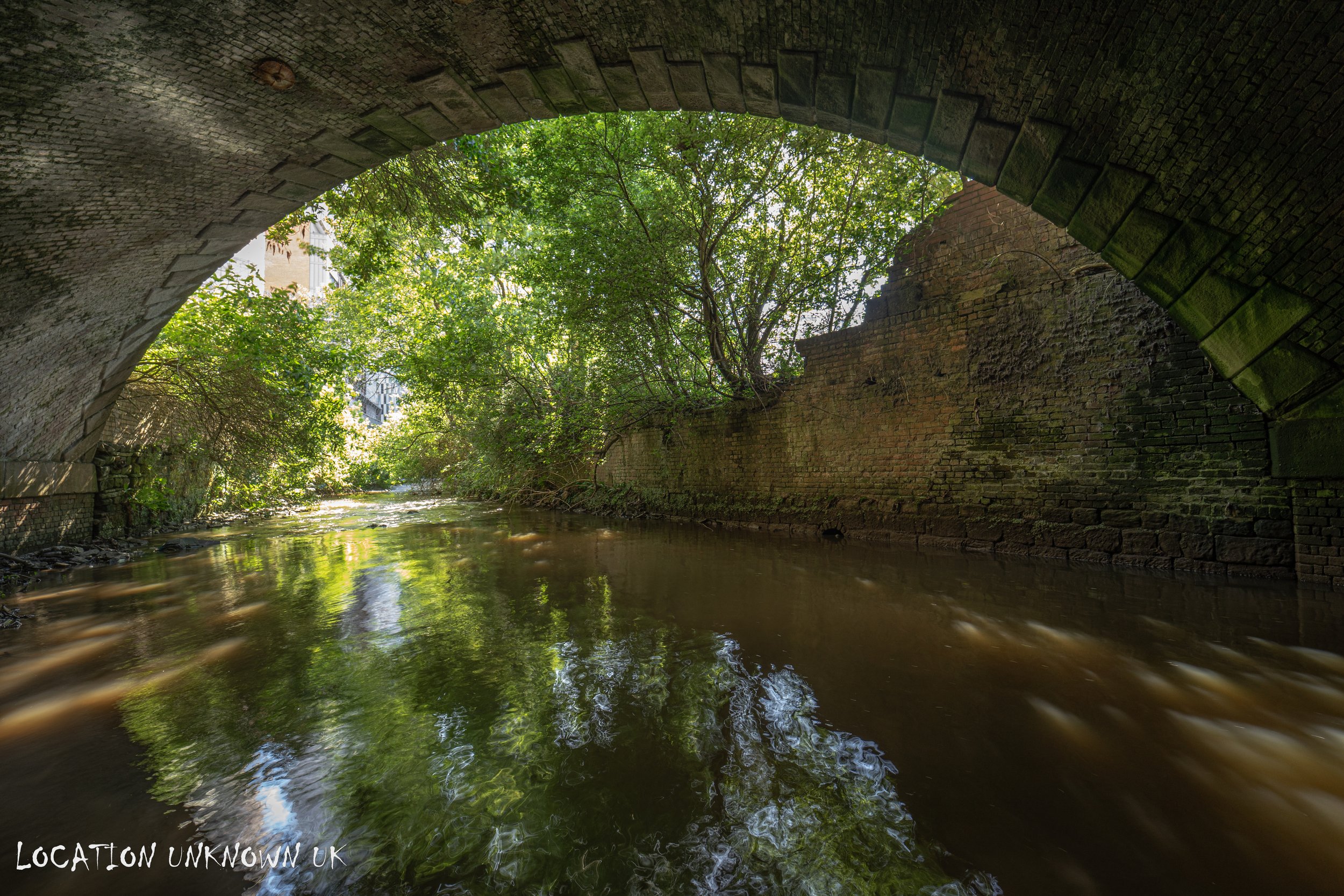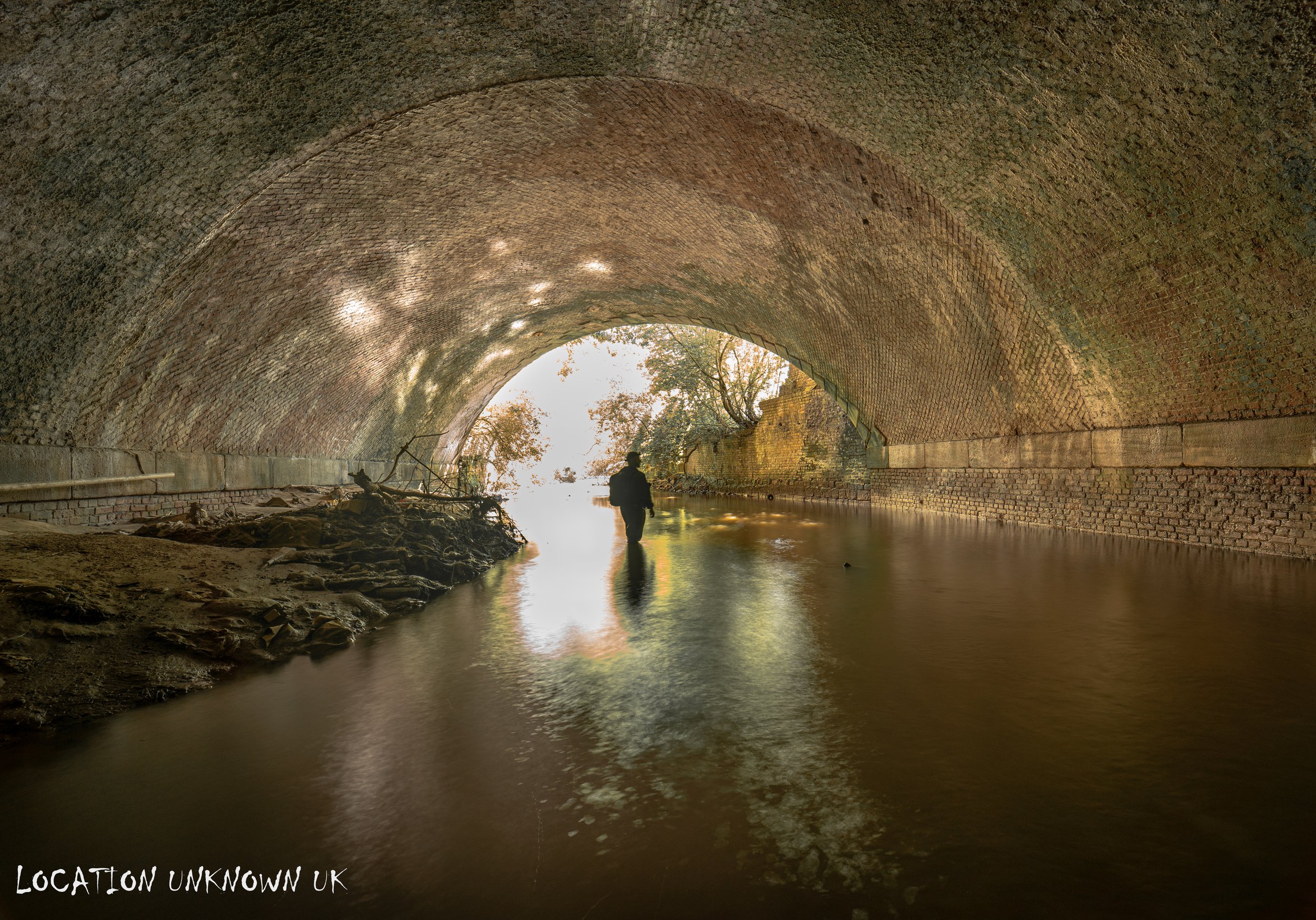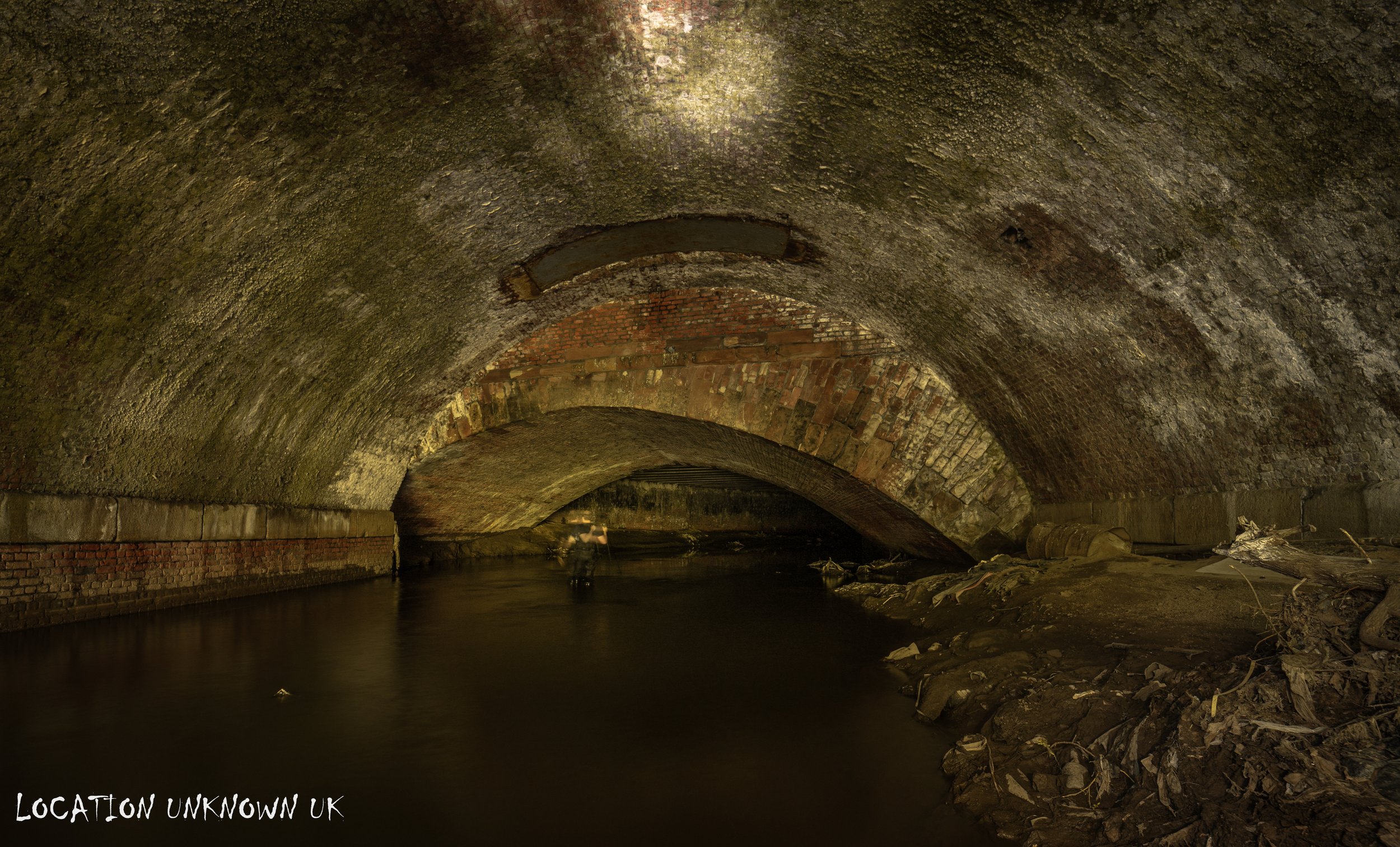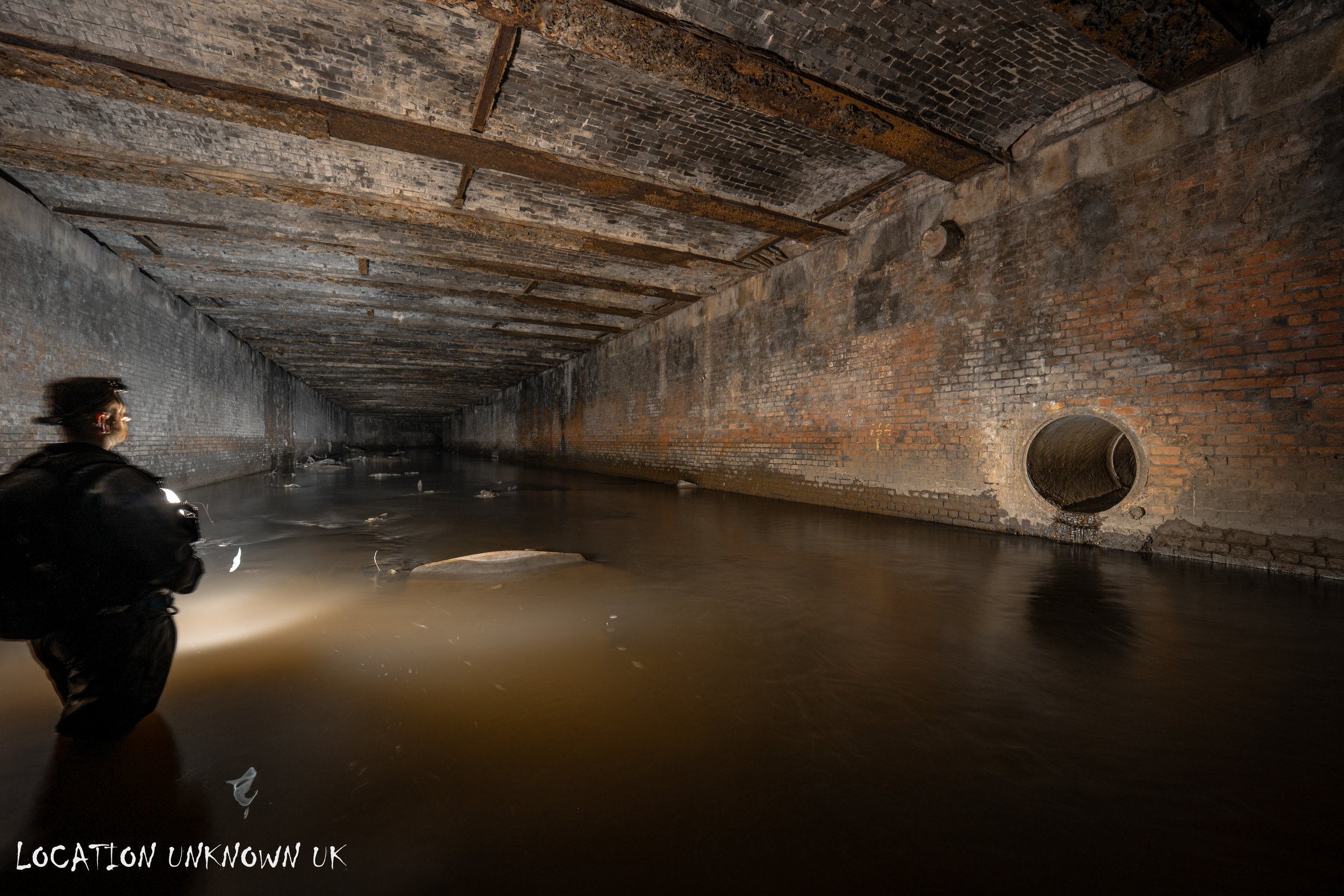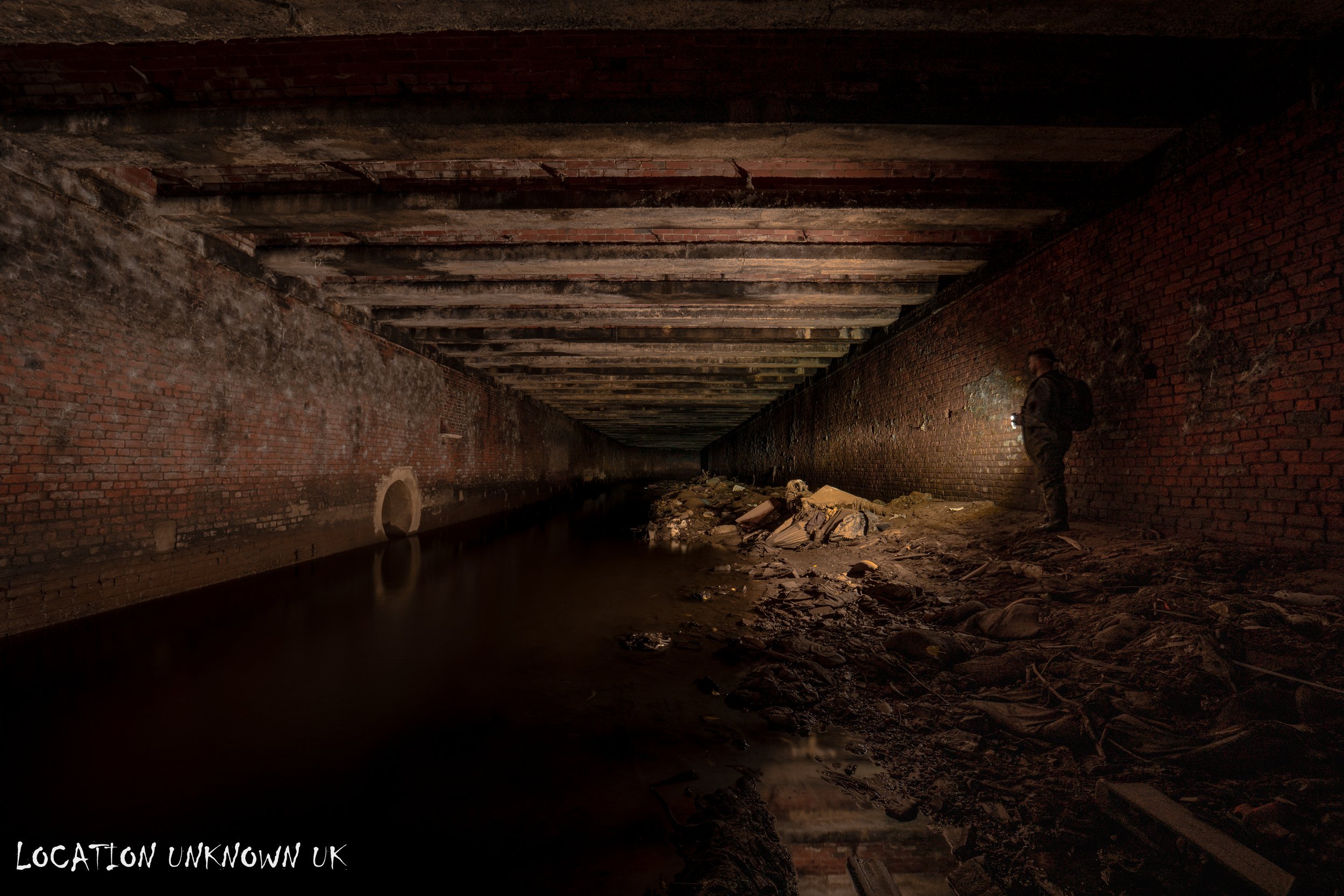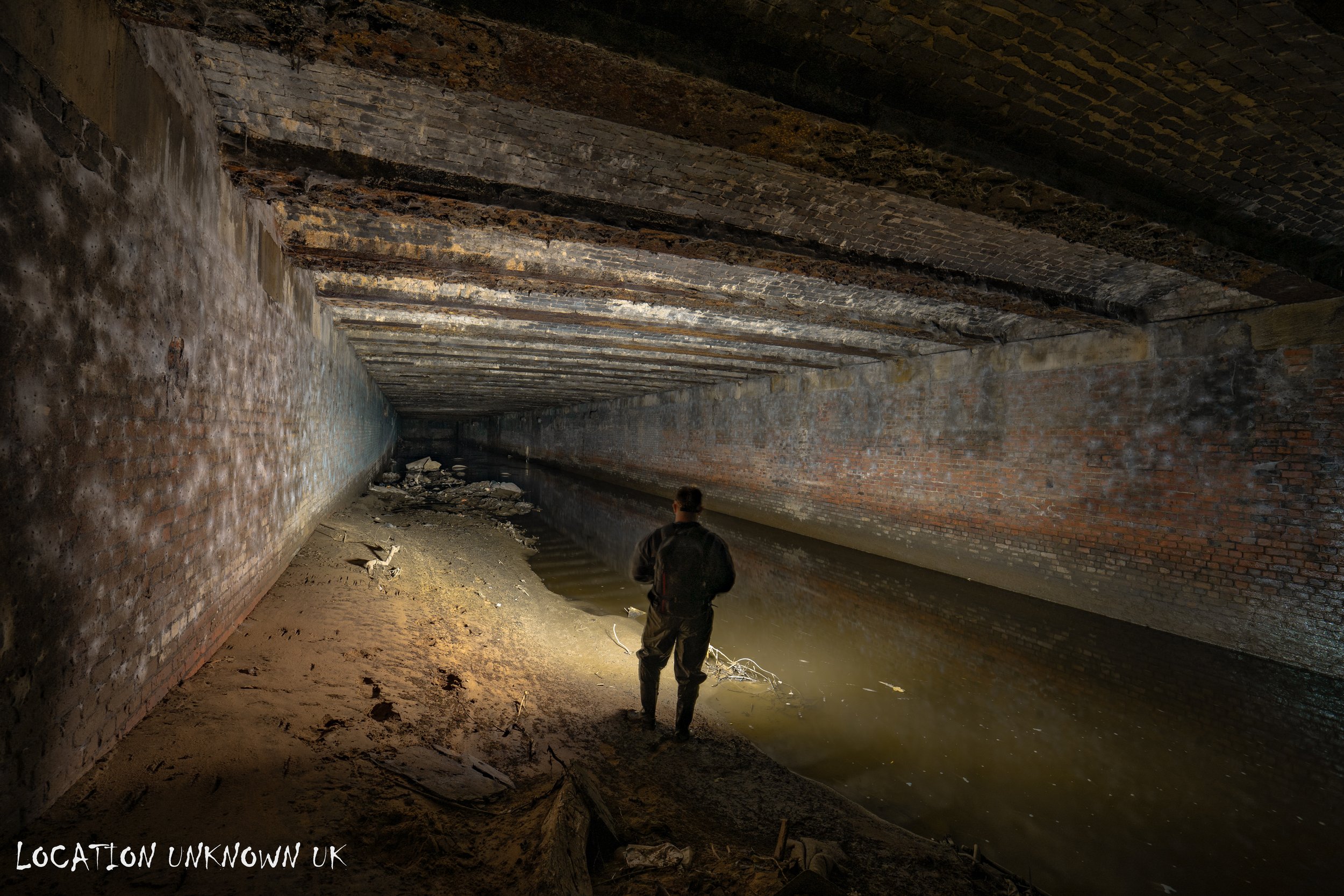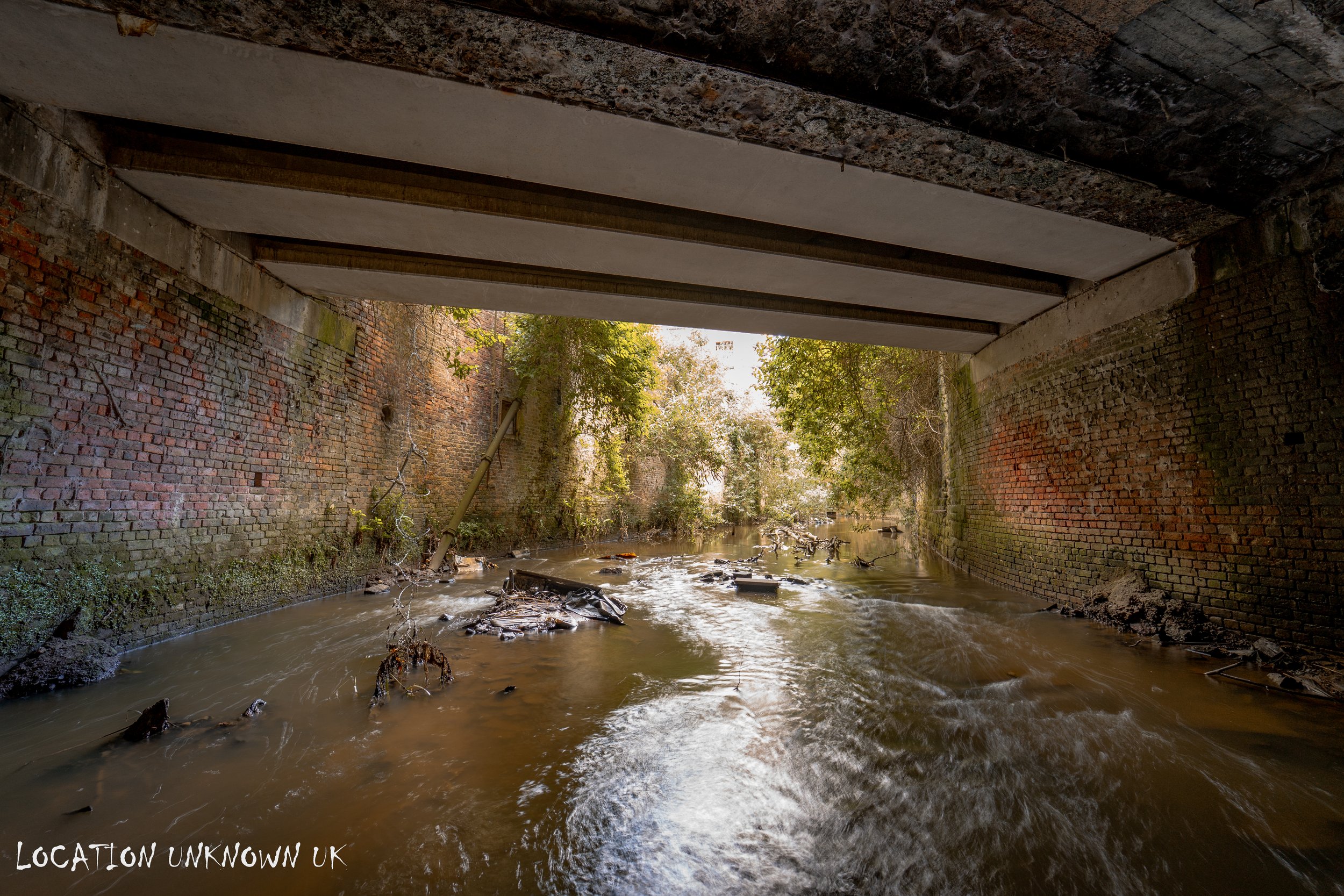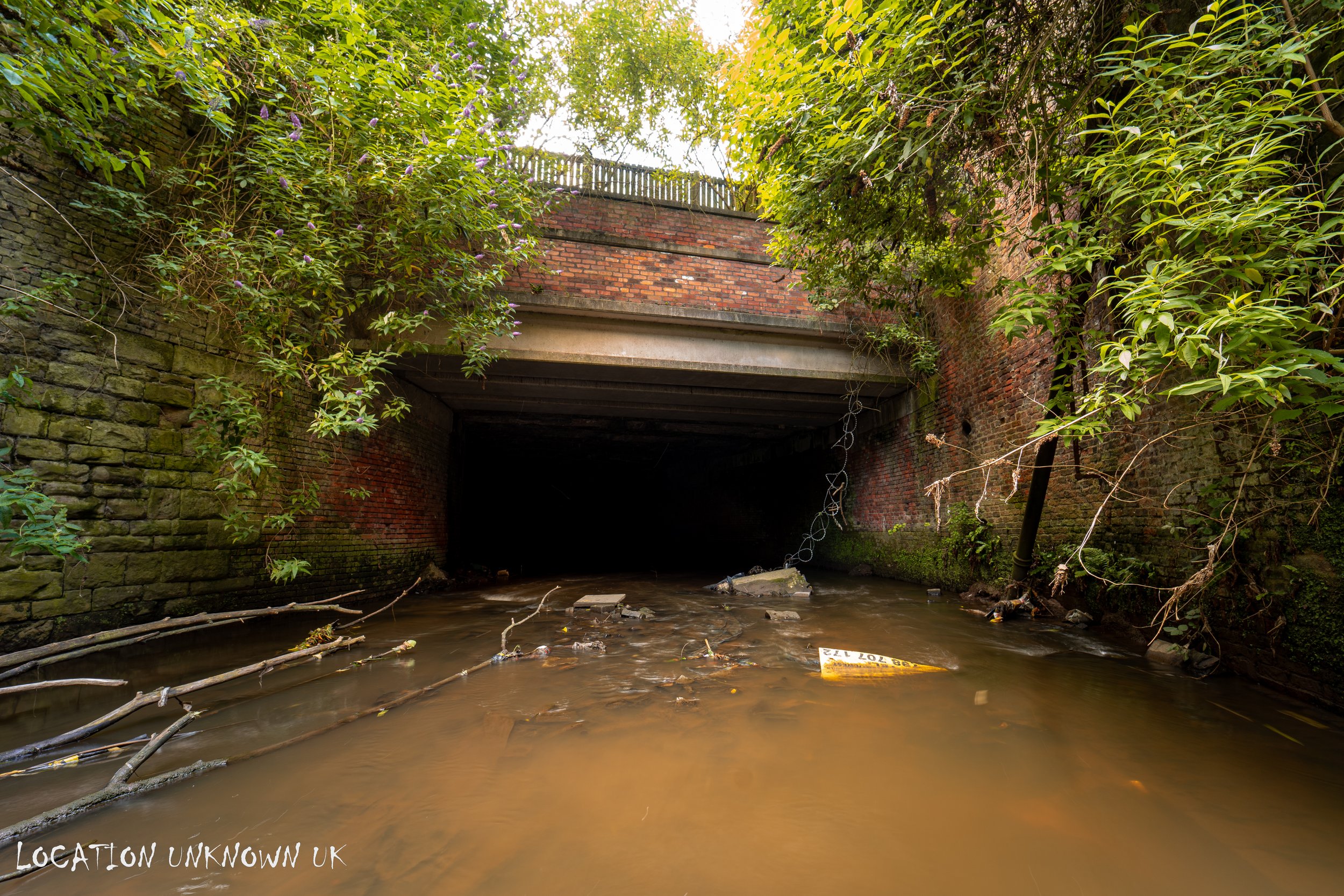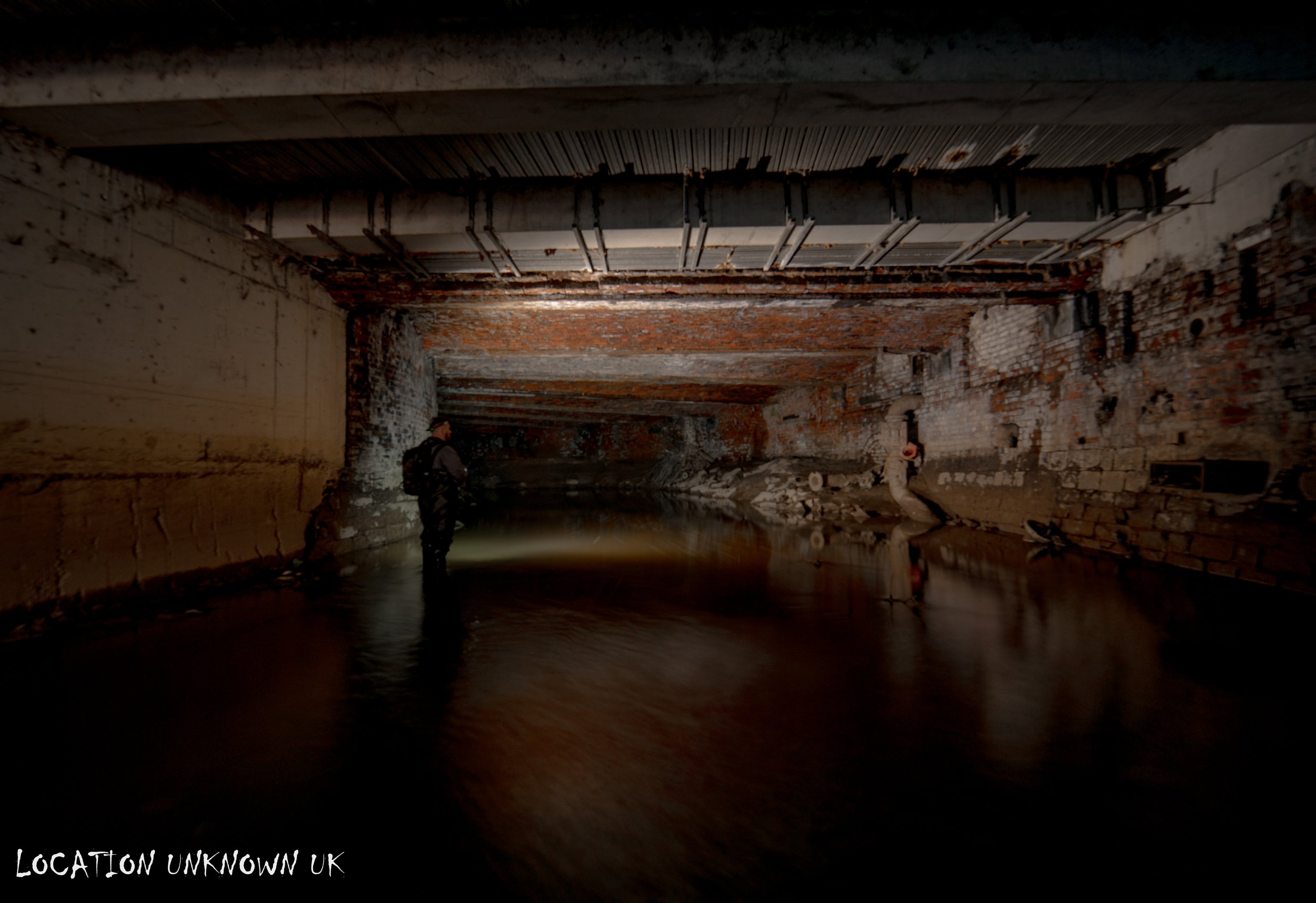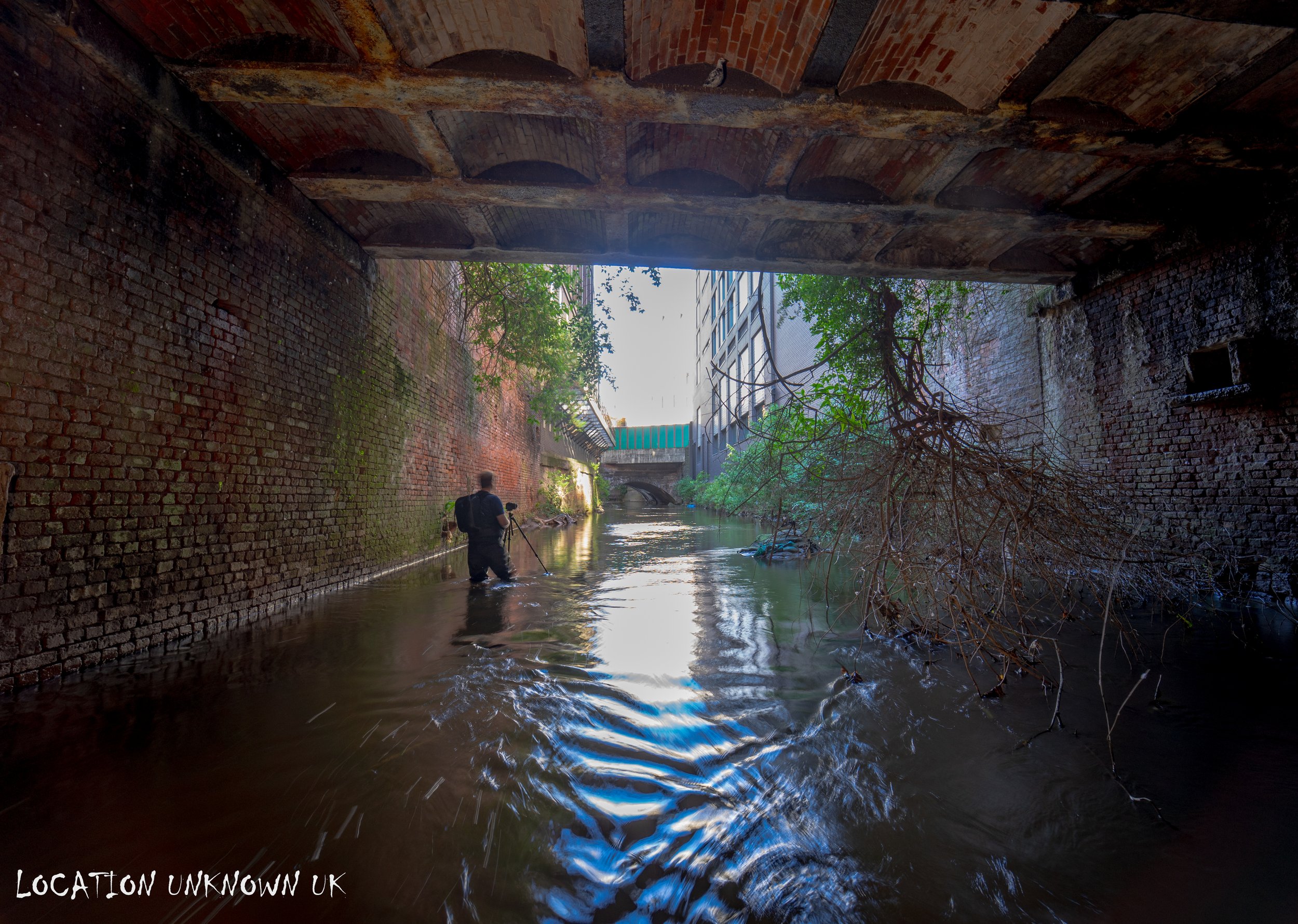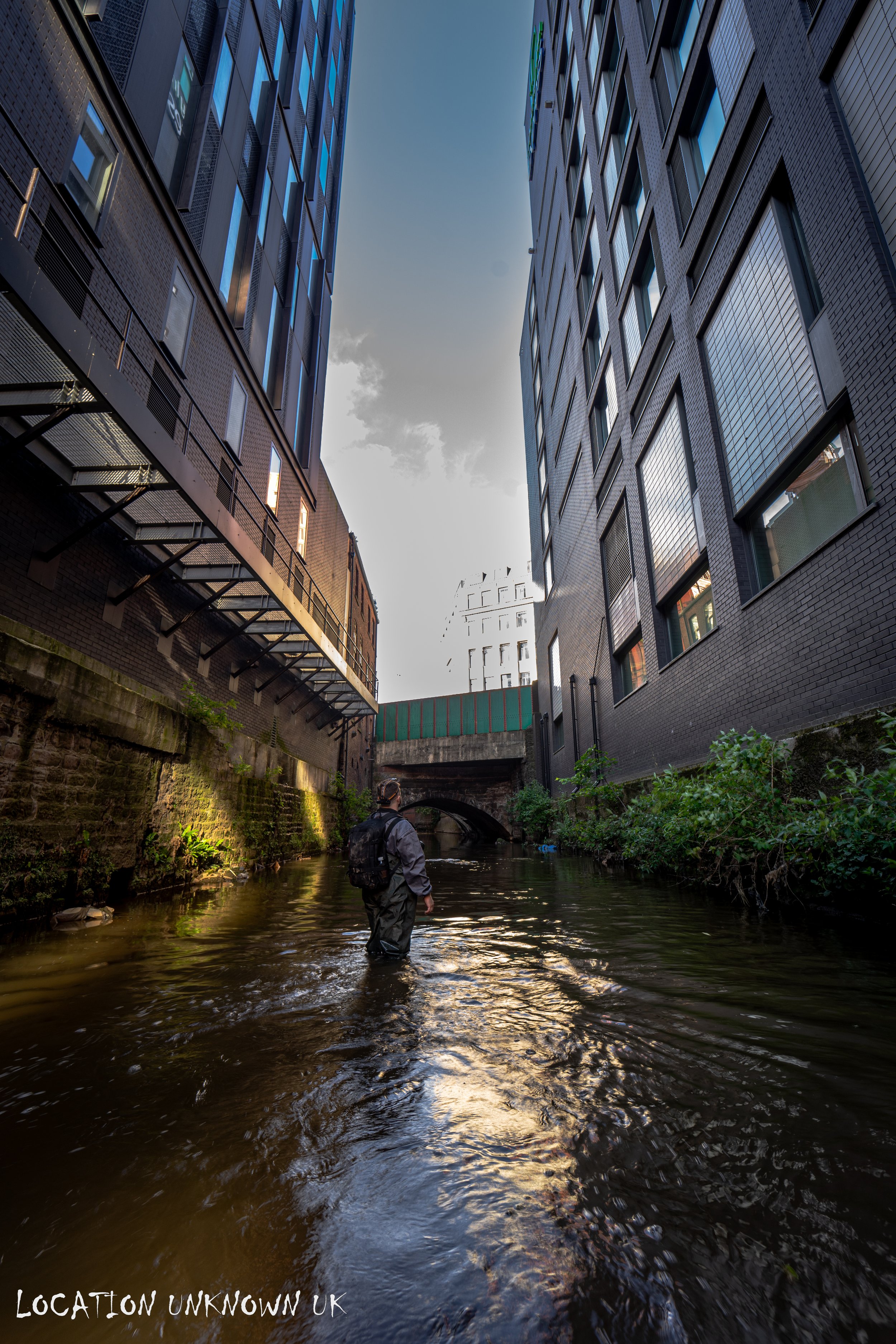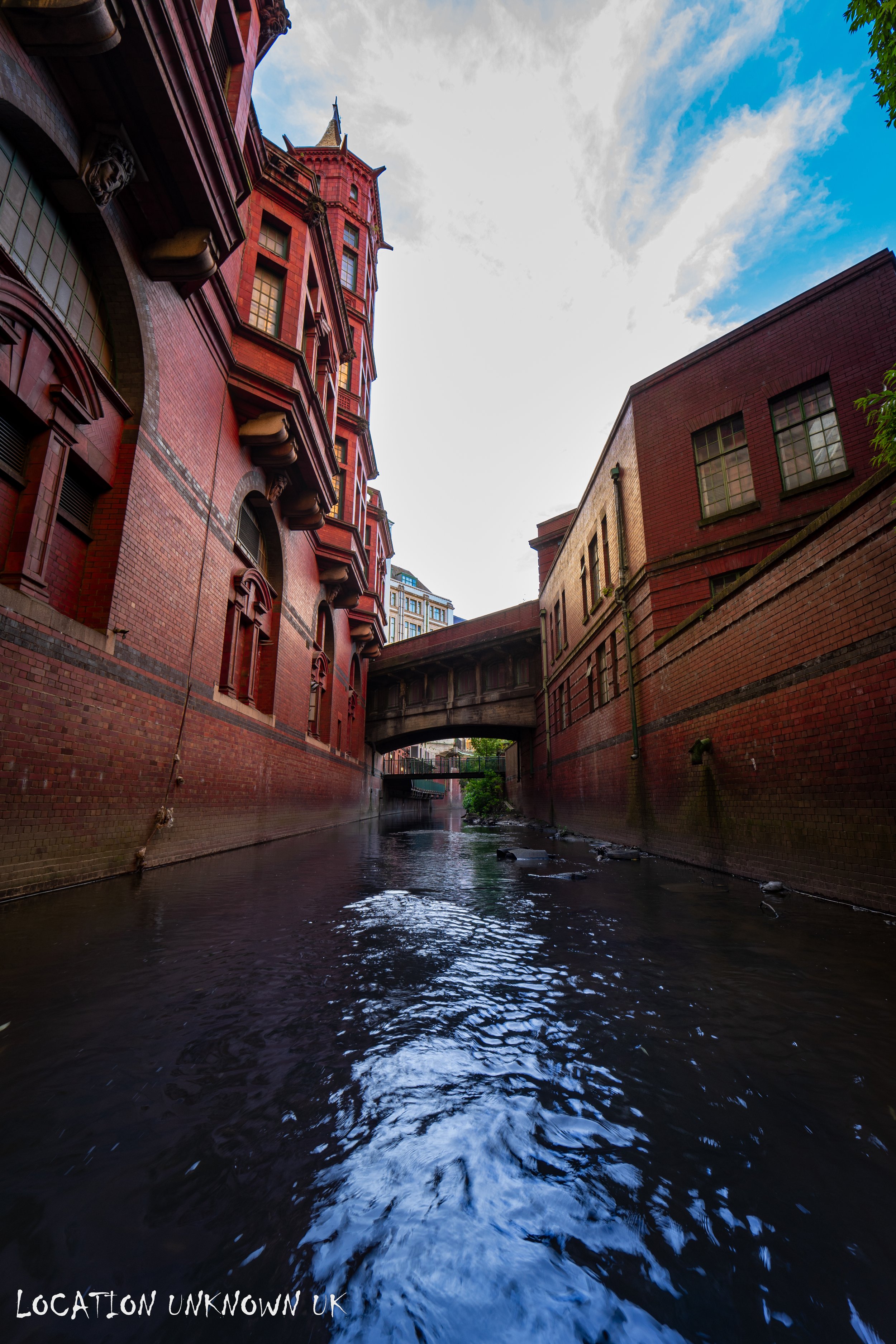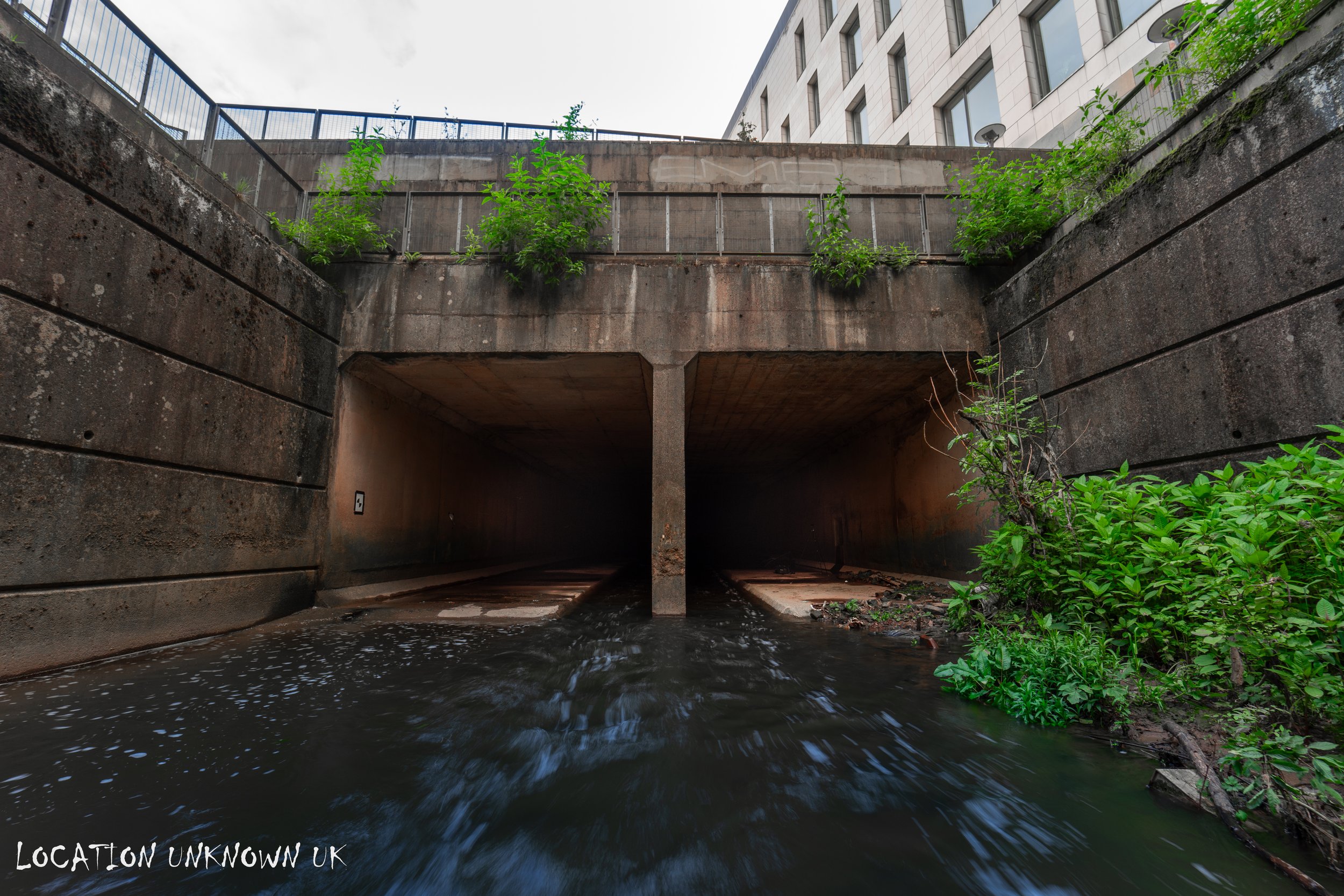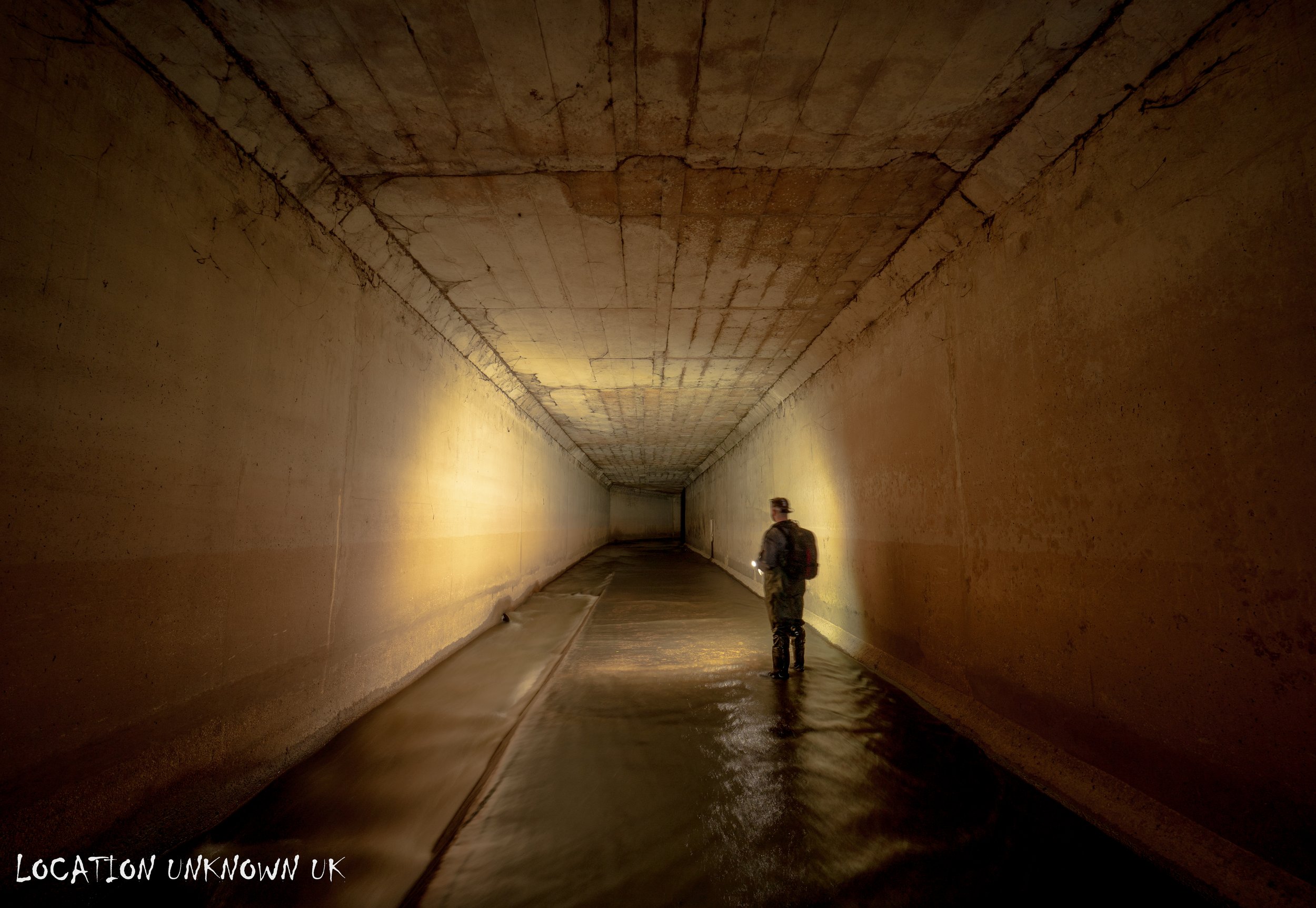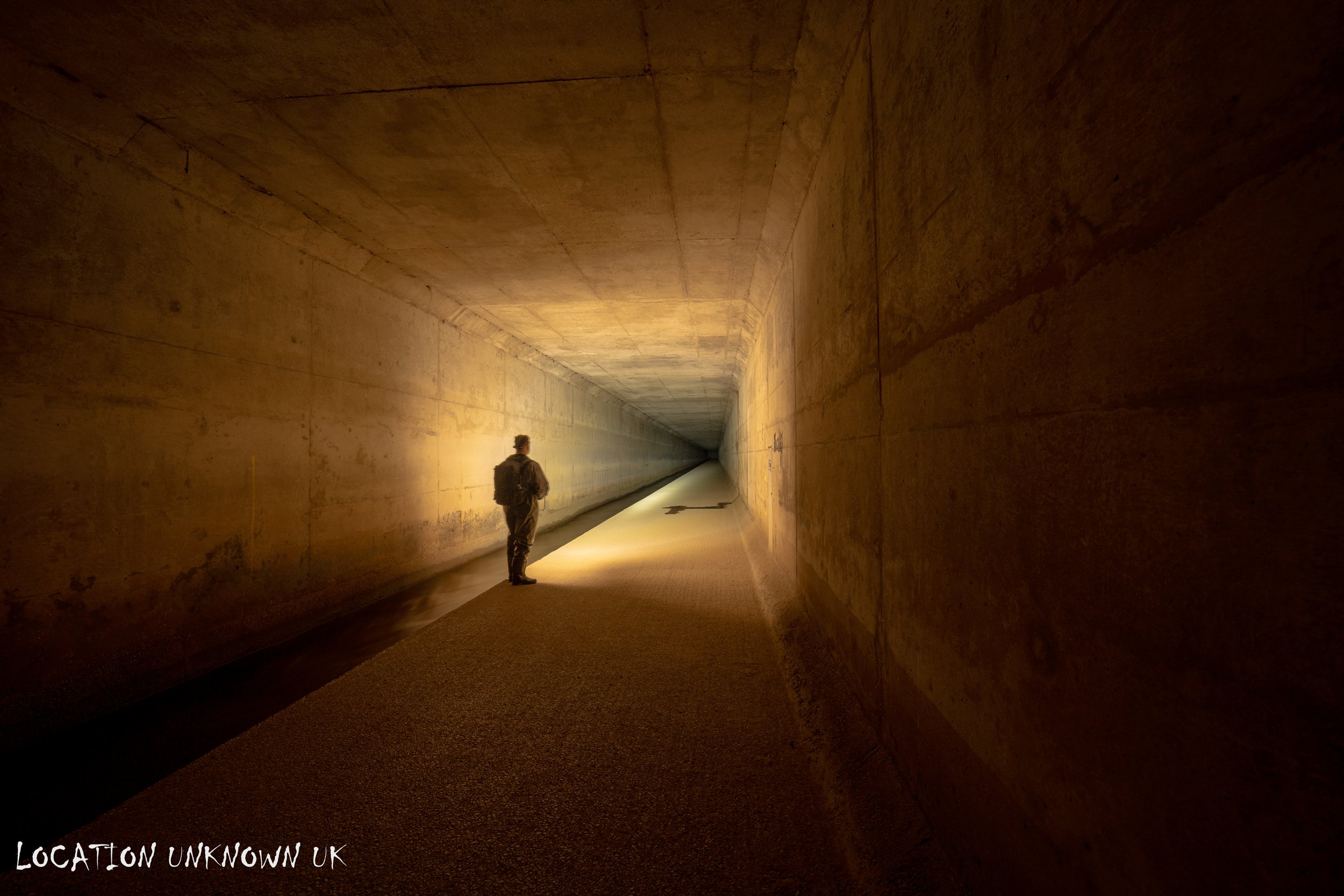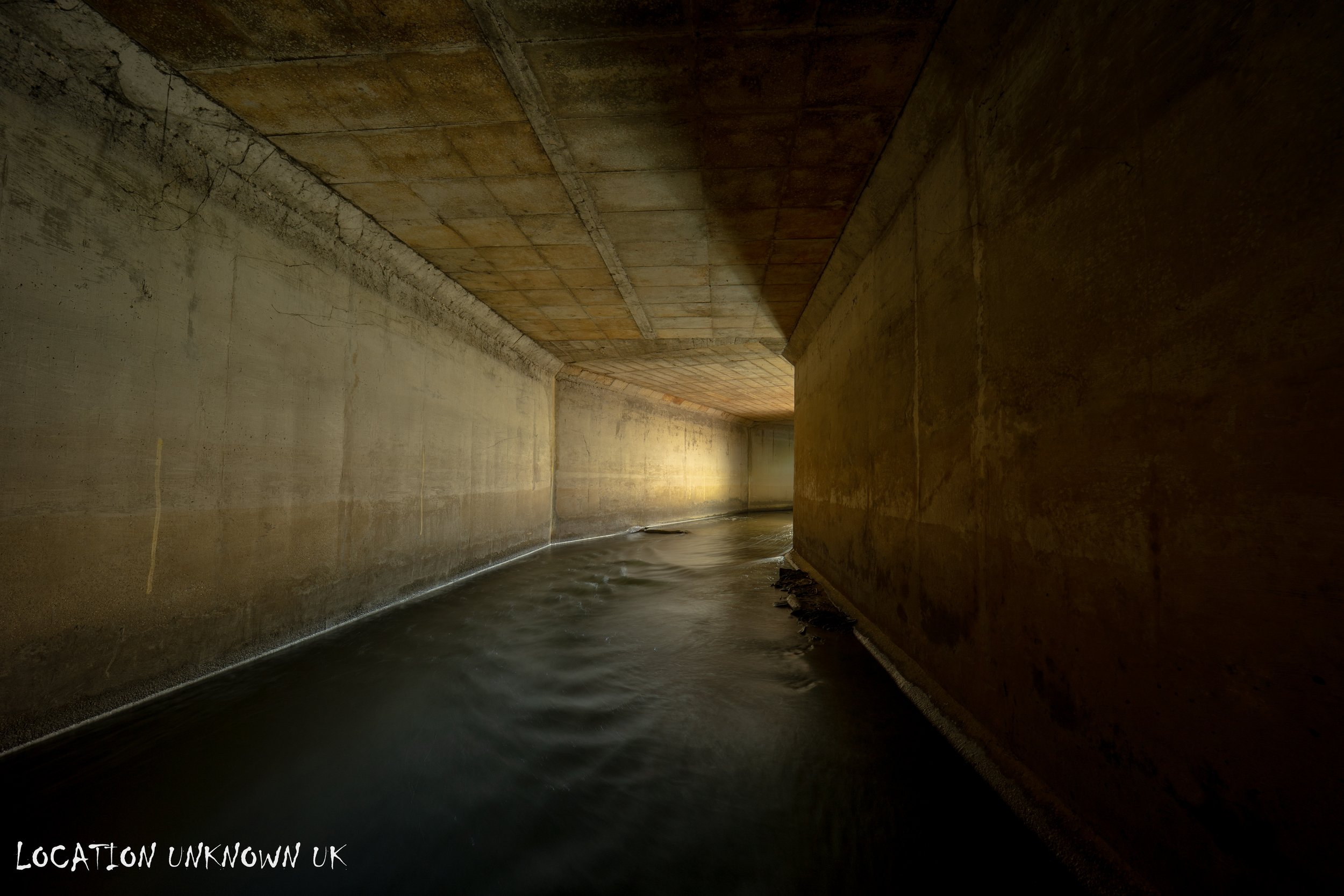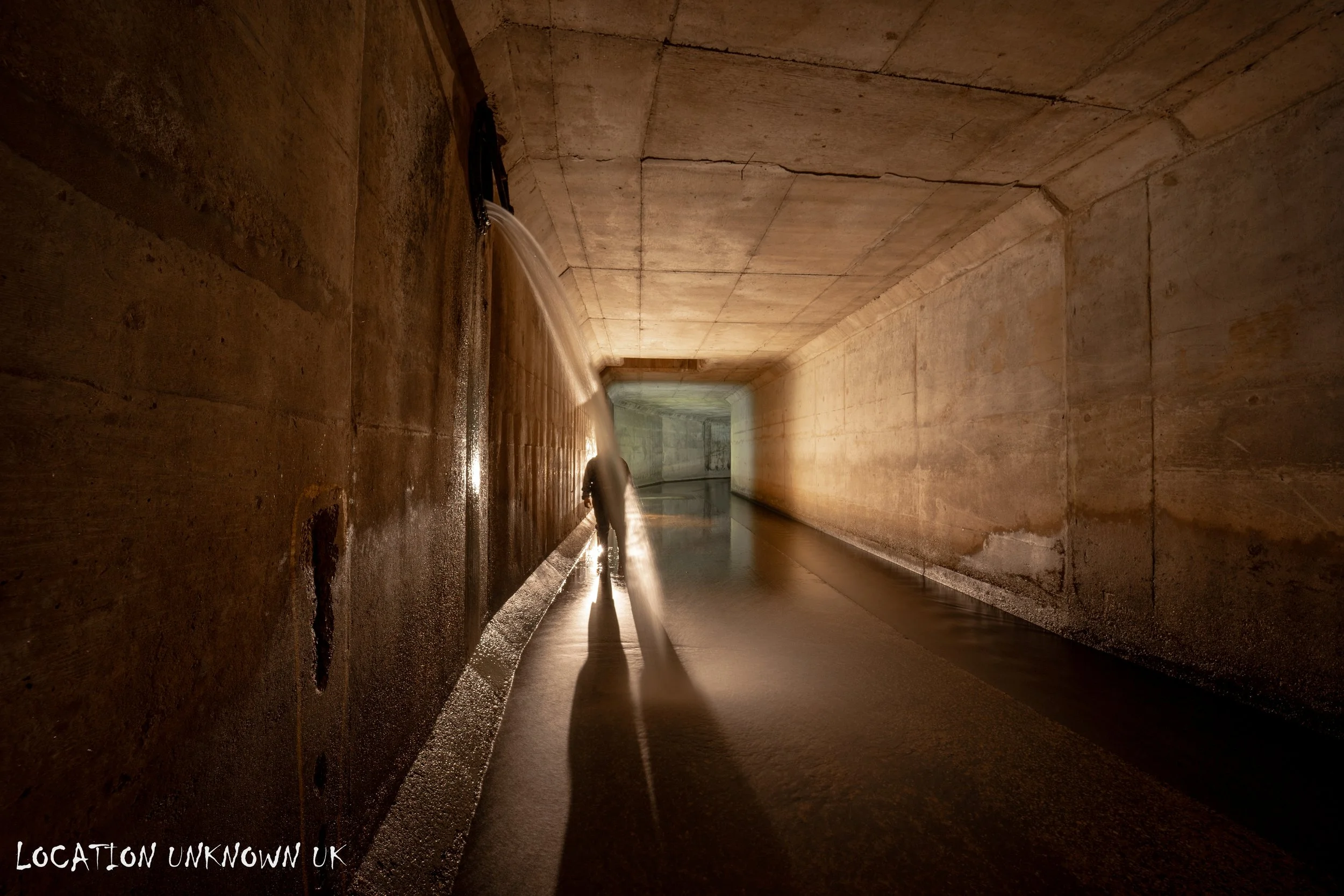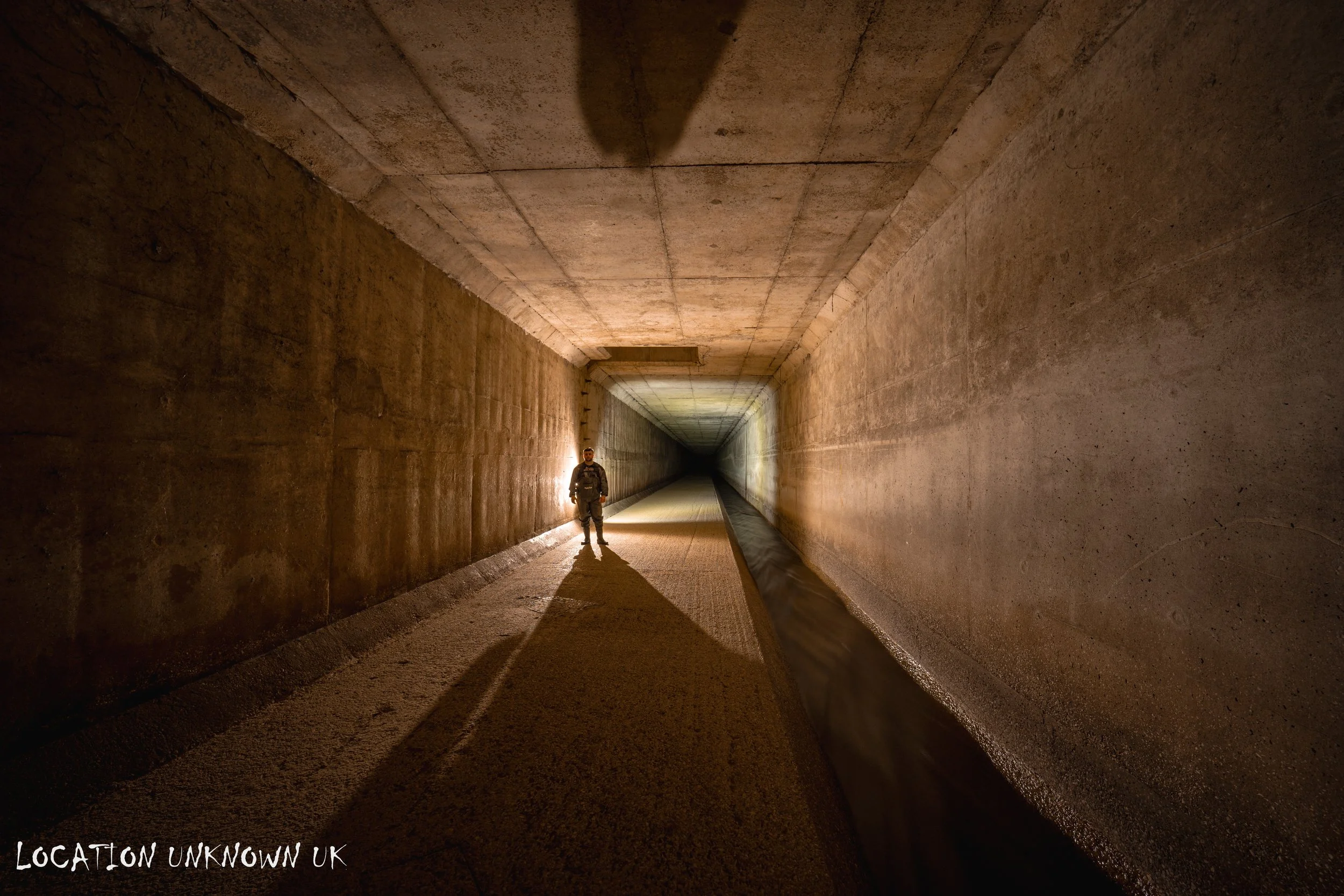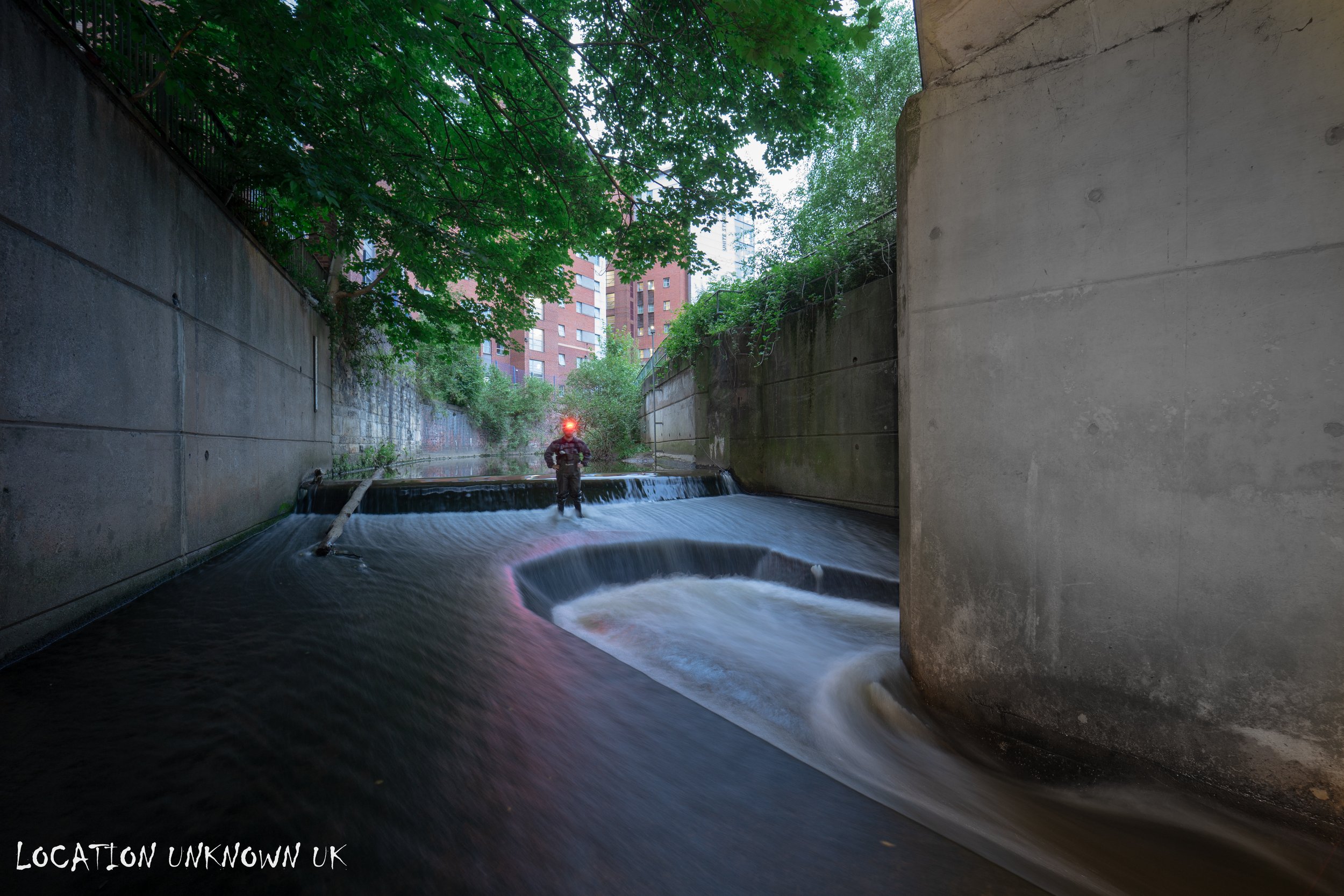The River Medlock - Manchester
Starting off at Deansgate we hopped a wall in waders to mark the start of a long journey upstream. This is where the Medlock ends running into a low culvert where it meets Castlefield basin underneath the bridgewater viaduct.
I regret not walking down to it as it is worth looking at but this section of river was a bast*rd on the feet so we carried on upstream.
There are 3 culverts we checked out up from here however there's a whole lot more to see, the first one we reached was under 'Medlock street', notable features in this culvert are the road which can be seen to intersect the culvert from above and the outfall of the river Tib next to a victorian egg shaped sewer.
A short walk in the open air culvert takes us to the old Hotspur Press and we arrive at the next short section of culvert. A very deep section of river near the old mill workings almost caught us off guard here and required some faffing around in thorn filled overgrowth (a risky game in waders). Nothing too interesting in the short culvert which brought us out alongside the Kimpton Clocktower hotel, something else I missed when it was doing the rounds.
Further on we have the outfall of UMIST. we made a slight error in thinking we couldn't pass underneath the bridge on charles street, however we later realised we were just approaching it wrong and it was indeed passable. This was the second time on the stroll that surface dwellers had started to film us. UMIST is the newest culvert on the Medlock and essentially just a big dirty slab of concrete mass but I love it.
History
“The River Medlock is a key watercourse in Greater Manchester, England. It originates in the Pennines and flows southwest through Oldham and central Manchester, eventually joining the River Irwell near Castlefield. Spanning around 10 miles, it is one of Manchester's three main rivers, along with the Irwell and the Irk. Historically, the Medlock was vital to Manchester's industrial development, especially during the Industrial Revolution, as its fast-flowing waters powered numerous mills and provided essential water to the city’s factories and dye works. This intensive industrial use, however, led to significant pollution. In the 19th century, to accommodate urban expansion and manage frequent flooding, sections of the Medlock were canalised, rerouted, and in some places even culverted, hiding parts of the river beneath Manchester's buildings and streets. Today, efforts are underway to restore and conserve the river. Urban regeneration projects aim to improve its ecological health, enhance water quality, and integrate it into public green spaces, creating a cleaner, more accessible natural environment”.
